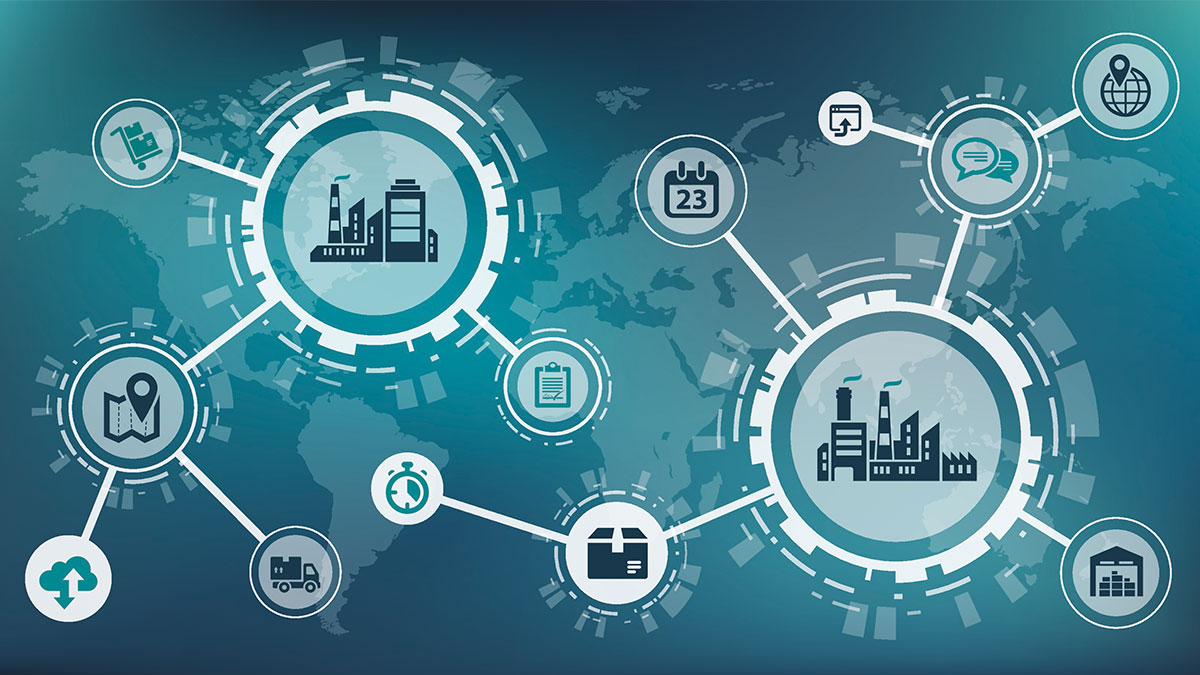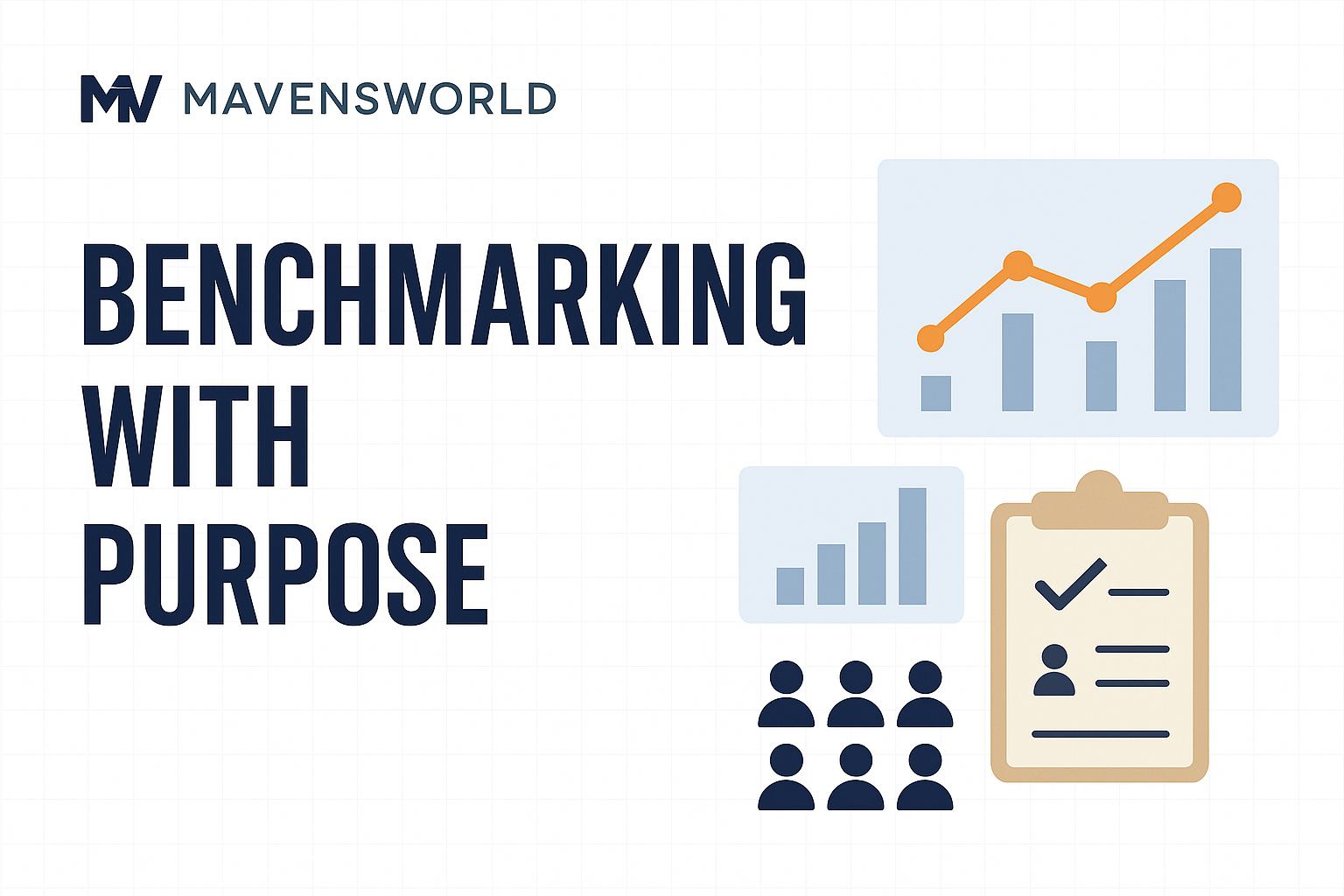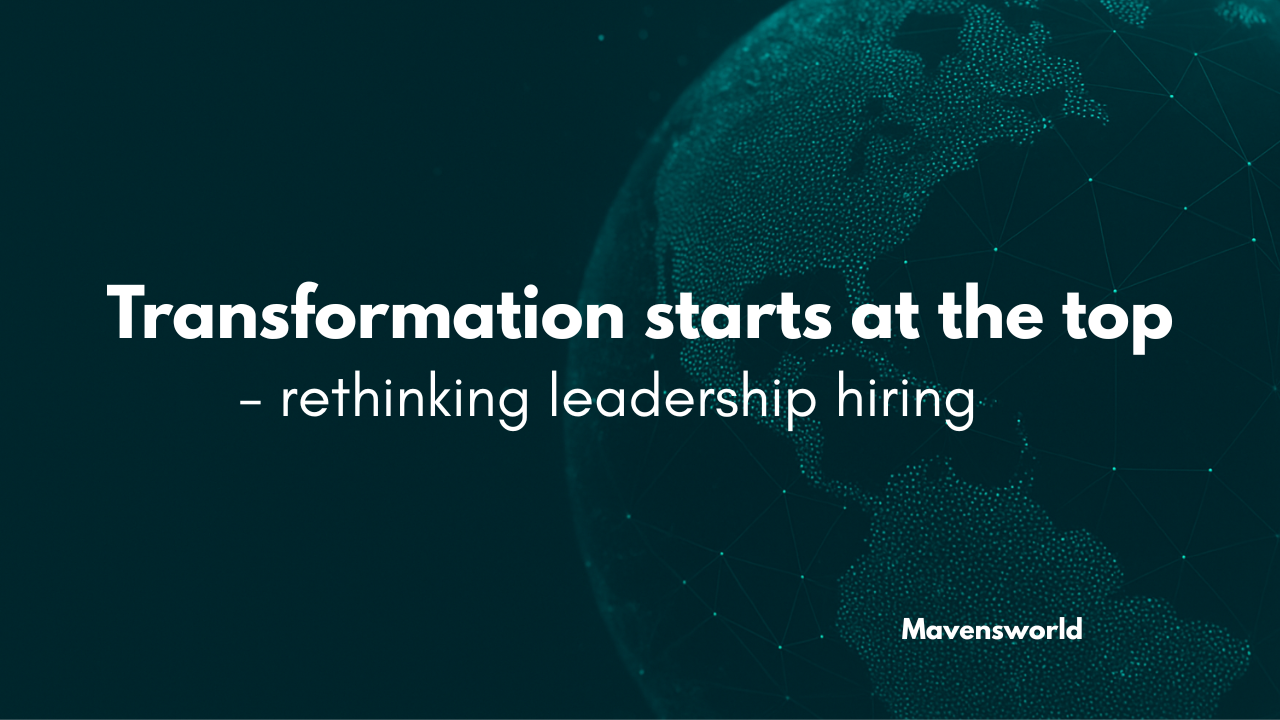
The Supply Chain Revolution: 8 High-Impact Trends Reshaping Global Operations in 2024–25
The global supply chain is no longer a linear cost center—it’s becoming a dynamic, tech-integrated, geopolitically sensitive ecosystem. In the wake of deglobalization, climate mandates, and AI breakthroughs, supply chains are being rewired at their core.
Here are 8 deep structural trends reshaping how forward-looking organizations are preparing for the next era of global trade, resilience, and competitive advantage.
1. Post-Globalization: The Rise of “Glocal” Operating Models
The pandemic exposed the fragility of hyper-global supply chains. What followed was not a full retreat from globalization, but a reconfiguration.
What’s happening:
-
Companies are adopting “China+1” sourcing strategies.
-
Regionalization and nearshoring (e.g., Mexico for US firms, Eastern Europe for EU) are rising.
-
Multinationals are running multi-local supply chain nodes to buffer against political and environmental shocks.
Implication: Supply chains are being designed for optionality, not just efficiency. Trade-offs between cost, control, and proximity are now central to network design.
2. AI-Enabled Decision Intelligence > Traditional Forecasting
AI is shifting from pilot to platform. Beyond demand forecasting, enterprises are embedding AI across the S&OP, inventory optimization, and last-mile orchestration layers.
Use cases include:
-
Predictive maintenance for assets using ML sensors
-
Prescriptive analytics to rebalance inventory in near real-time
-
Dynamic route optimization using weather and fuel cost inputs
Stat: According to McKinsey, early AI adopters in supply chains report up to 35% faster decision-making and 20–30% inventory cost reduction.
Implication: Data fluency and AI-readiness are now board-level priorities for SCM functions.
3. Multi-Tier Supply Chain Visibility (MTV) Is Becoming Non-Negotiable
Most disruptions don’t originate from Tier-1 suppliers, but from Tier-2 and Tier-3 dependencies.
Leading firms are investing in Supply Chain Control Towers and graph-based visibility platforms (like Everstream, Resilinc) to map, monitor, and model these relationships.
Key development: Increasing demand for Digital Supplier Twins—replicas that track supplier health, financial risks, and compliance dynamically.
Implication: Resilience will no longer be measured by backup suppliers, but by real-time supply graph awareness.
4. Regulatory-Driven Sustainability: From Greenwashing to Audit-Ready Reporting
The EU Supply Chain Due Diligence Directive, Carbon Border Adjustment Mechanism (CBAM), and Scope 3 emission reporting under CSRD are rewriting procurement compliance.
What’s changing:
-
Buyers are demanding chain-of-custody traceability from suppliers.
-
Carbon accounting is now embedded in RFQs and TCO calculations.
-
Firms are digitizing ESG disclosures with platforms like EcoVadis, Circulor, and SAP Sustainability Control Tower.
Implication: Green claims will need to be auditable, not aspirational. Supply chain compliance is converging with sustainability governance.
5. Workforce Realignment & the Talent-Technology Gap
While automation is scaling up, supply chain talent shortages persist in planning, analytics, and logistics roles.
Data point: The World Bank predicts a shortfall of over 2 million supply chain professionals globally by 2027.
What matters now:
-
Cross-training supply chain roles in AI literacy and digital tools
-
Investing in scenario planning and collaboration skills, not just technical execution
-
Creating digital supply chain academies within organizations
Implication: Supply chain success in the AI era will hinge on hybrid talent—professionals fluent in both ops and algorithms.
6. Autonomous Logistics & Smart Infrastructure Are Scaling
Automation is moving beyond warehouses.
We're seeing real commercial traction in:
-
AI-powered DCs with robotic picking (Ocado, Cainiao)
-
Autonomous trucks and drone deliveries (Kodiak Robotics, Zipline)
-
IoT-enabled smart ports (Singapore, Rotterdam) reducing demurrage by 25–40%
Implication: Last-mile and inbound logistics will become strategic differentiators. Manual logistics will be the bottleneck in a digital world.
7. Cybersecurity and Supply Chain Trust Frameworks
Cyberattacks on supply chains—like the Colonial Pipeline ransomware attack—have proven the systemic risk posed by unsecured nodes.
Emerging norms:
-
NIST's Cybersecurity Framework is being adapted for supply chain tiers.
-
Cyber risk insurance is being priced into supplier onboarding.
-
Blockchain and zero-trust architectures are gaining traction for critical manufacturing flows.
Implication: Trust and traceability will be just as important as throughput and speed.
8. Shift from “Just-in-Time” to “Just-in-Case” Inventory Logic
Strategic inventory buffers are back—but not everywhere.
Leaders are using differentiated inventory strategies based on product criticality, lead time volatility, and margin sensitivity.
Key trends:
-
Dynamic safety stock recalculation using AI
-
Segmentation of SKUs into risk pools for tailored replenishment
-
Use of on-demand manufacturing and additive printing for spares
Implication: Capital efficiency will increasingly depend on inventory agility, not just cost minimization.
Final Thought: From Supply Chains to Supply Ecosystems
The traditional view of a “chain” is giving way to networked ecosystems, where responsiveness, visibility, and trust matter more than scale alone. Leaders are making bold bets on digital infrastructure, talent reinvention, and cross-border agility.
What are you seeing in your industry or region? Which of these trends is impacting your business the most?
Let’s connect and continue the conversation.
#SupplyChainTrends #DigitalSupplyChain #SupplyChainInnovation
#AIinLogistics #SustainableSupplyChain #SupplyChainResilience
#SmartLogistics #SupplyChainTransformation #SCM2024
#LogisticsTech #FutureOfWork #ProcurementStrategy



